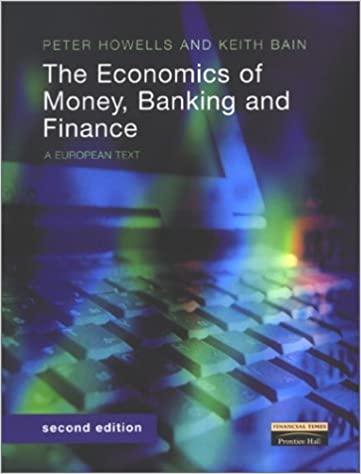1) An interest rate cap:
| | | A) | obligates both parties to trade at a preset price at a future date | |
| | | B) | gives one party the right to buy an underlying good in the future at a preset price | |
| | | C) | gives one party the right to sell an underlying good in the future at a preset price | |
| | | D) | sets the maximum interest rate paid/received | |
| | |
2) The buyer of a put option agrees to:
| | | A) | buy the underlying good at a preset price at a future date | |
| | | B) | sell the underlying good at a preset price at a future date | |
| | | C) | decide later whether to buy the underlying good at a preset price at a future date | |
| | | D) | decide later whether to sell the underlying good at a preset price at a future date | |
| | |
3)The seller of a call option obligates themselves to:
| | | A) | buy the underlying good at a preset price at a future date | |
| | | B) | sell the underlying good at a preset price at a future date | |
| | | C) | decide later whether to buy the underlying good at a preset price at a future date | |
| | | D) | decide later whether to sell the underlying good at a preset price at a future date | |
| | |
4) A bank has long-term fixed rate loans that are funded with short-term CDs. Which of the following transactions could lower the banks interest rate risk?
| | | A) | enter an interest rate swap contract where the bank receives a short-term variable rate and the bank pays a fixed-rate of interest | |
| | | B) | enter an interest rate swap contract where the bank pays a short-term variable rate and receives a fixed-rate of interest | |
| | | C) | make more long-term fixed rate loans and fund them with short-term CDs | |
| | |
| | |






